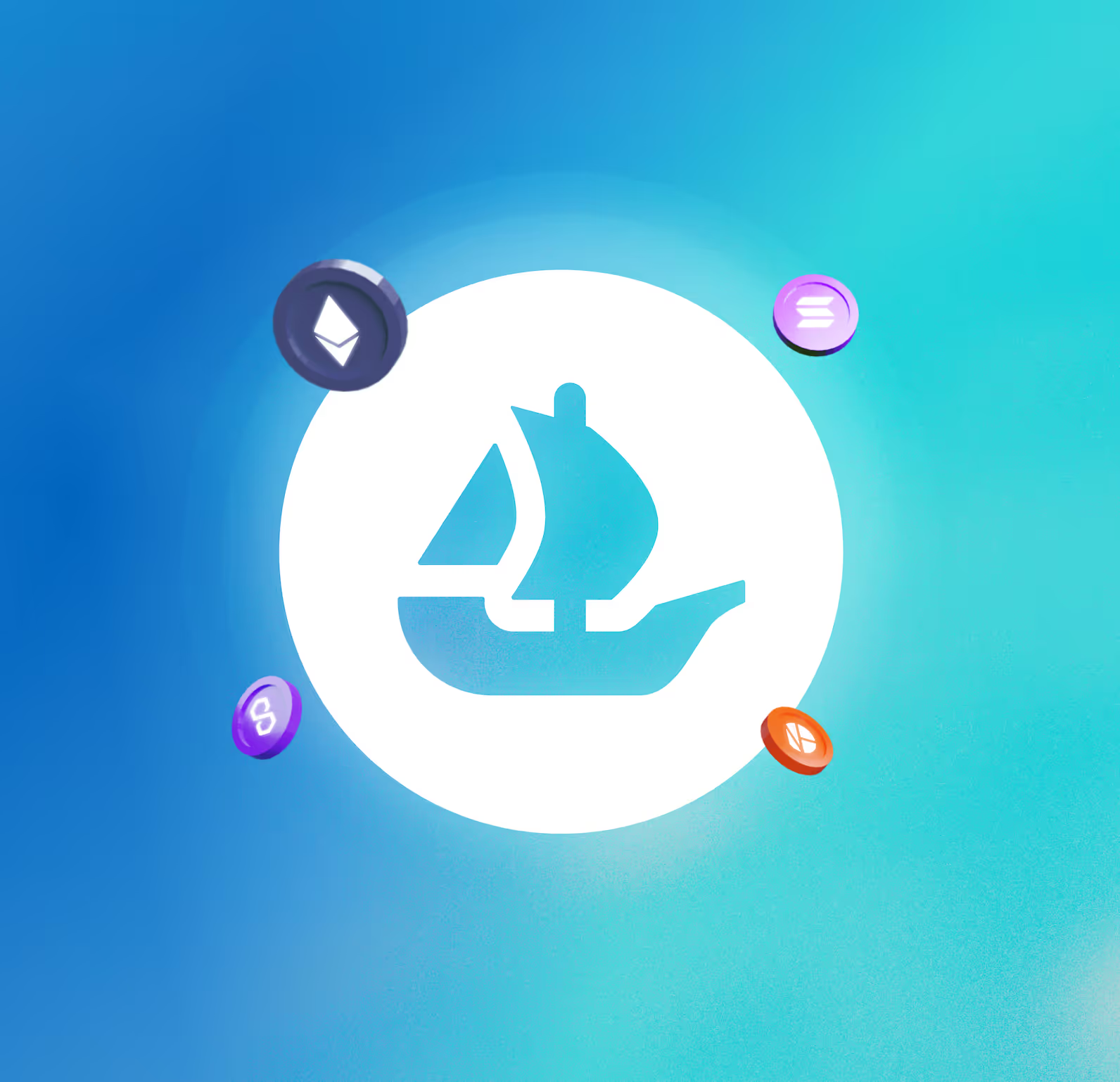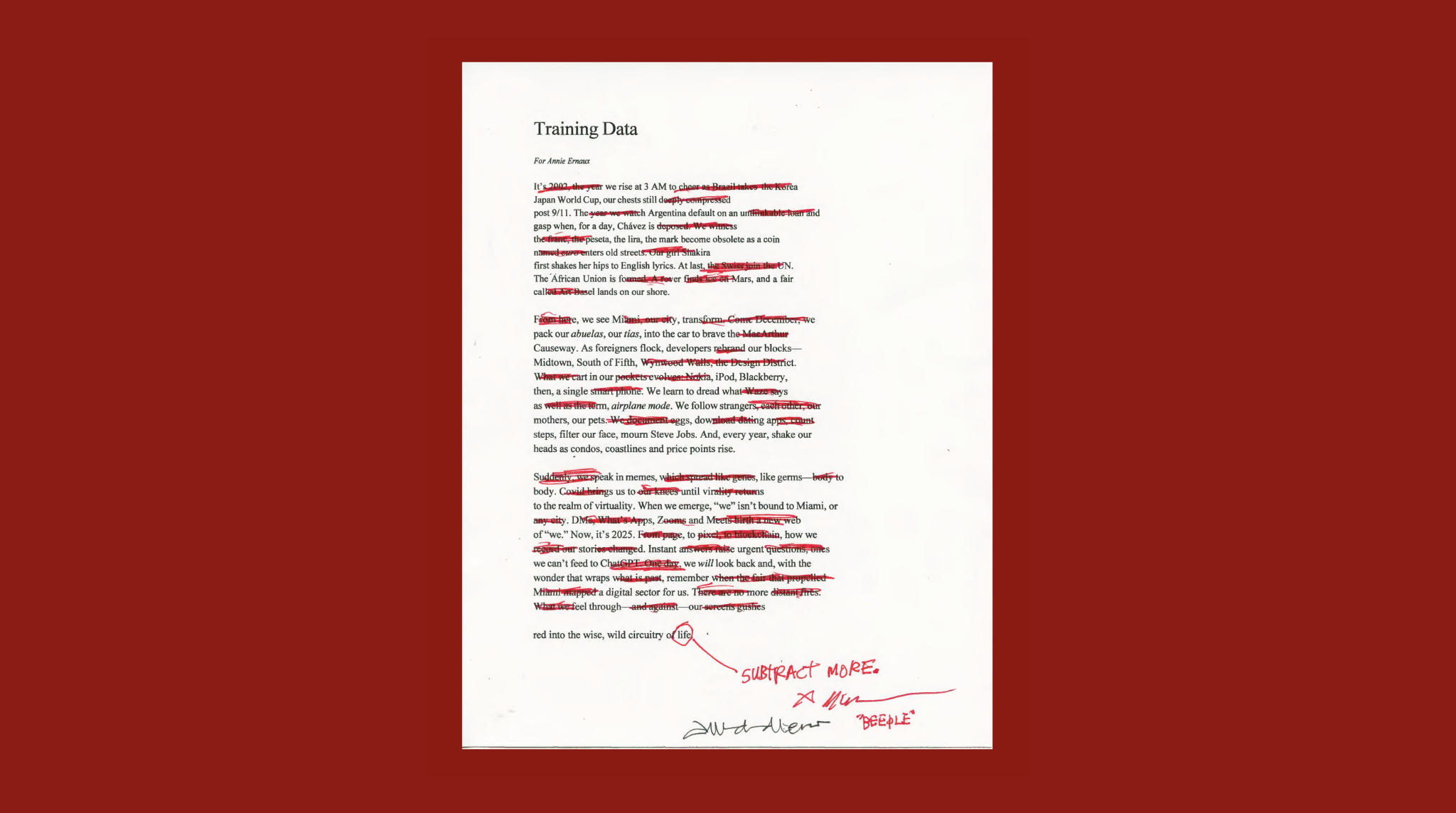As we reflect on a *wild* 2022, one stat in particular stands out: this year, creators earned over $1 BILLION from creator fees using OpenSea. These earnings do not include sponsorship revenue, engagement incentives, or grants. These earnings are generated directly by creator fees from the resale of their work, and instantly settled on-chain between buyer, seller and creator.
When the NFT standard was created in 2018, creator fees did not exist. OpenSea supported them early to invite more creators into the space. Even in a year characterized by tumultuous market conditions, this year’s data proves that creator fees are revolutionary – and that what we’re building more broadly in the NFT ecosystem is working:
- In 2022, creators using OpenSea earned $1.1B from creator fees thus far
- 80% of this year’s earnings from creator fees went to collections outside of the Top 10* (in terms of total 2022 creator fee earnings)
.avif)
For context, here’s how these numbers compare to creator earnings from several established web2 platforms that have helped lay the foundation for the creator economy:
- In July of 2021, Meta said over $1 billion dollars would be paid out to creators on both Facebook and Instagram through the end of 2022.
- In 2020, TikTok pledged that they would hit $1 billion in payouts to creators over the next three years.
- Snapchat was paying out $1 million dollars a day to some of their top creators, achieving $365 million over one year.
- Patreon has paid out a total of $3.5 billion dollars to creators (as of 2021) in its nine years in business.
.avif)
Our Vision for Creators in 2023 (and beyond)
The ‘creator economy’ as we know it is evolving. NFT technology is giving creators access to new, sustainable business models that can be layered on top of existing, web2 revenue streams. In this new ecosystem, creators have more ownership of their projects, more control of their long-term businesses, more direct connection and engagement with their fans, and a new, dynamic canvas to bring their most creative ideas to life.
At OpenSea, we’re on a mission to help the world’s creators, collectors, and collaborators own and shape their relationships directly, without gatekeepers. We’re committed to helping to protect creator fees and growing them into a more meaningful source of creator income – but also to expand the tools available to creators by making our Drops product widely available, expanding the ways they can engage with their community, and contributing to new standards that enable new revenue streams.
Drops on OpenSea
Through our new drops product (which will be made widely available very soon), we’re expanding the canvas for storytelling. We’re making drops pages more immersive and rich – through sight, sound and motion – and building more ways for creators to engage their current community of fans, reach new audiences with more discoverability tools, and spotlight their teams.
As we continue to scale our drops product, we expect primary drops to become a more robust revenue stream for all creators — evolving into a more significant portion of total creator earnings in the coming years.
In the NFT ecosystem, every creator has the potential to create their own universe. As we enter the New Year, we’re excited to do more to empower creators – with new forms of creative expression, and perhaps most importantly, more effective and sustainable revenue streams.
Methodology
To pull this data, we analyzed sales between buyers and sellers that included a creator fee for the dates 01/01/2022 - 11/23/2022.
*Top 10 Collections as defined as the collections that earned the most on OpenSea from creator fees in 2022 thus far.





.avif)
.png)
.png)

.png)



.png)